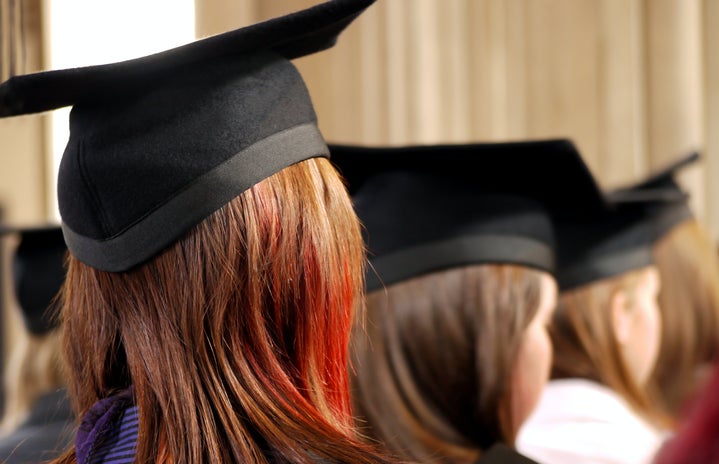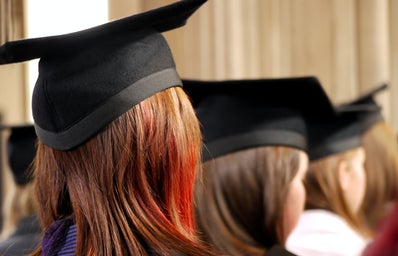On Monday, February 7th, First Lady Dr. Jill Biden announced to the Community College National Legislative Summit in Washington that President Joe Biden’s attempt to provide two years of free community college to American students has been flushed down one of the White House’s 35 toilets.
According to The New York Times, President Biden’s $2.2 trillion “Build Back Better” social spending package did not entirely woo members of the Democratic caucus; Senator Joe Manchin III of West Virginia was an outspoken opponent. Dr. Biden said that the Dems are revisiting the bill to make it more salvageable. After all, initiatives to combat climate change and COVID-19 trump accessible education.
The community college bill’s defeat is a great loss for the American education system. Free community college would benefit the economy and make higher learning more accessible to BIPOC. A study from Brown University concluded that free tuition programs, such as the Tennessee Promise, increased the admission of students once uninterested in attending college. According to Bloomberg, demolishing “debt burdens” for higher U.S. education would increase graduation rates amongst low-income students, ultimately broadening their career options and increasing wages. The “Build Back Better” program provided Americans with the hope of increased admission, a stronger economy and a slimmer affordability gap. Now, all hope is lost.
Adva Wilkerson, 19, is a second-year student at the Eugene Lang College of Liberal Arts. Wilkerson believes that the benefits of free college outweigh any negative aspects.
“I think that regular colleges just operate for profit. It has nothing to do really with the quality of the school, or the quality of the education,” Wilkerson said. “I feel like we have internalized this idea that, like, a school’s prestige is directly related to the price, which isn’t true.”
A 2017 report from the Institute for Higher Education Policy uncovered that even with financial age, students from households that earned less than $69,000 annually could not even afford to attend 1 to 5 percent of colleges listed in a pool of more than 2,000. Conversely, 90 percent of the schools in that pool were affordable to students in households that made over $160,000 yearly. According to the Federal Reserve Bank of Cleveland, students’ tuition revenue in public universities has exponentially risen within the past few decades. On top of tuition prices comes housing and food expenses. Many Americans must literally fight for their right to learn.
According to the World Population Review, countries around the globe, from Argentina to Kenya, offer free tuition to their citizens. Resultantly, there has been an influx of U.S. students traveling to such countries in search of higher education at a free or lower cost. Most of these countries are Democratic Socialist states.
In times like these, many of us daydream about what the U.S. education system could have become had we a more progressive leader, instead of one who constantly emphasizes his standing as a moderate liberal. It is promising to imagine a socialist leader who can fulfill the President’s unfinished project. Where is Bernie Sanders or Elizabeth Warren when you need them?
We all need to vote because our elected officials outwardly reflect us and impact our lives. I envision a promising future for the American education system, where higher learning is not exclusive and egregiously expensive, but I suppose we will have to wait until 2024 to see what America’s future presidential candidates have to offer.


